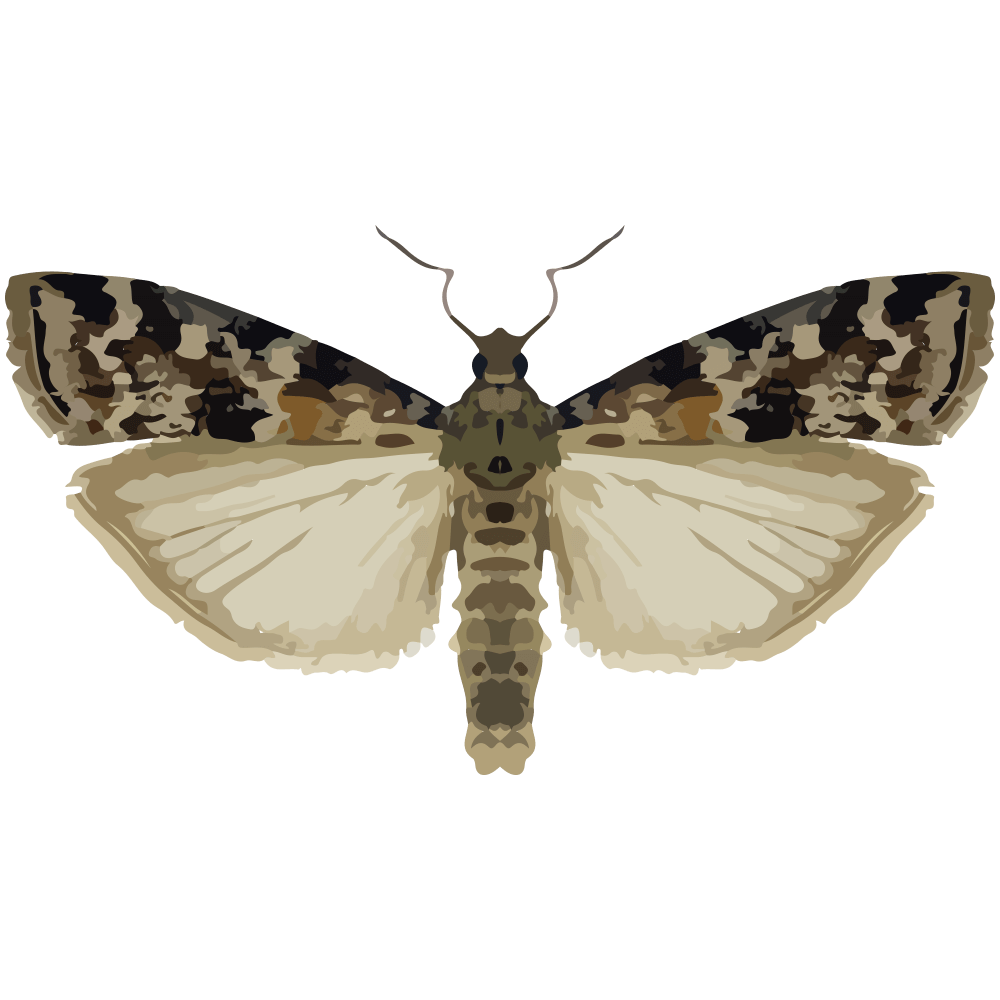


| Latin Name | Dioryctria sylvestrella |
| Common Name | New pine knot-horn; Maritime pine borer |
| Biology | Adults are nocturnal, exhibiting phototaxis, and lay eggs on young shoots, needles, or cones of pine trees. Larvae bore into new shoots, causing shoot wilting and gall formation, which severely impacts pine growth and timber quality. This species completes 2–3 generations annually, overwintering as larvae within damaged shoots. |
| Damage | Primary hosts include Pinus massoniana, Pinus tabuliformis, and Pinus thunbergii. |
| Distribution Regions | European coniferous forest |
| Monitoring | Pheromone lures mimic natural sex pheromones to attract male insects into specialized traps for population monitoring and suppression. As a core IPM component, monitoring enables early risk detection and targeted control. Mass trapping reduces mating opportunities to curb offspring populations. Protocols: ●Use only with matched traps. ●15-45 traps/hectare,replace/replenish every 4-6 weeks. ●Wear gloves or wash hands with detergent when switching lure types. ●Refer to trap-specific hanging instructions. |
| Recommended Traps | Delta Trap, Wing Trap |

Partagez vos coordonnées pour recevoir des solutions à phéromones adaptées avec précision. Si notre portefeuille existant ne propose pas la solution optimale, notre équipe de chimie de synthèse lancera un développement sur mesure – de la conception de la structure moléculaire à la production à grande échelle.